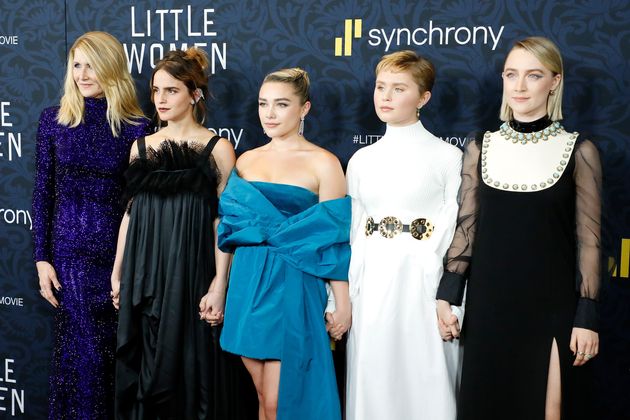On-screen representation for women in Hollywood has improved steadily over the last few years — but not all progress is equal, a new study has proved.
The number of female characters in box office hits reached a “recent historic high” in 2019, with 40 of the year’s top 100 highest-grossing films featuring female protagonists, according to It’s A Man’s (Celluloid) World, released on Wednesday by San Diego State University’s Center For the Study of Women in Television and Film.
However, the annual study found that most of those gains went to white women.
Among all of the female characters in the films analysed in the study, 68% of them were white. White women made up an even higher percentage — 70% — of “major” characters, which the study defined as appearing “in more than one scene and are instrumental to the action of the story”.
Representation for some women of colour decreased slightly from 2018. For example, the percentage of Black female characters declined to 20% in 2019 from 21% the year earlier, according to the study.
The percentage of characters who were Asian women decreased to 7%, the same as in 2017. The number had risen to 10% in 2018 — but as the study noted, those gains “were due largely to one film”: the blockbuster rom-com Crazy Rich Asians, the first major studio movie in 25 years to feature a majority-Asian cast.

Latina representation increased slightly, to 5% in 2019 from 4% the year earlier, the study found.
Movies released by mainstream studios, the researchers pointed out, showed particular gains in the number of female roles.
Still, the study showed persistent problems across the board. For example, the ages of characters for female performers still trend younger than those for men, as “female characters experience a precipitous drop from their 30s to their 40s, and few women age into their 60s”, the study said.
In addition, many roles for women still focus on their personal lives, like marriage or children, rather than their professional lives. By contrast, men on-screen were more likely to be depicted “in primarily work-related roles” and “have an identifiable occupation”, according to the research.
And the results show Hollywood is still nowhere near gender parity. “Overall, audiences were almost twice as likely to see male characters as female characters in the top-grossing films of 2019”, the authors noted.
The study also adds to research that shows a correlation between on-screen and behind-the-scenes representation. When women are hired in positions of power, like producing, directing, and writing, they are more likely to create movies with women in prominent roles on-screen.

A study of female directors released last week by the University of Southern California’s Annenberg Inclusion Initiative found that the percentage of women directing major Hollywood films rose significantly in 2019. Yet the report stressed that progress for women of colour in the director’s chair has been slower than it has been for their white counterparts.
The uneven progress on Hollywood representation has also been reflected at the top of the movie industry. Major awards like the Golden Globes, the BAFTAs (the U.K.’s equivalent of the Oscars), and the Directors Guild of America awards all failed to nominate any women for their top directing prizes this year, despite a number of worthy contenders. Some Oscar prognosticators are predicting a similar result when the Academy Awards nominations are unveiled on Monday.
Tuesday’s BAFTA nominations also included zero nominations for women actors of colour, with Scarlett Johansson and Margot Robbie each receiving two nominations. No male actors of colour were nominated for BAFTAs, either.


